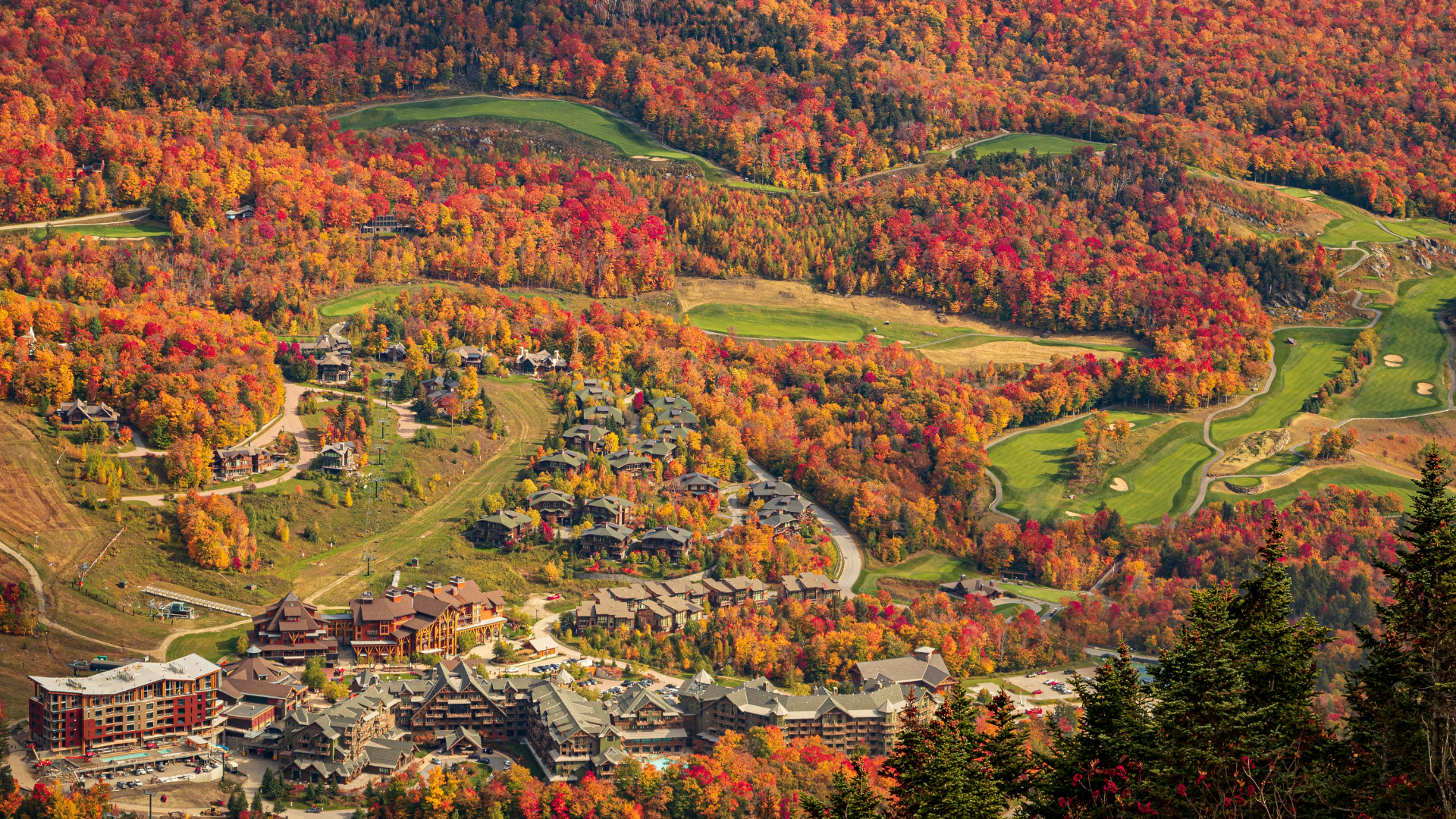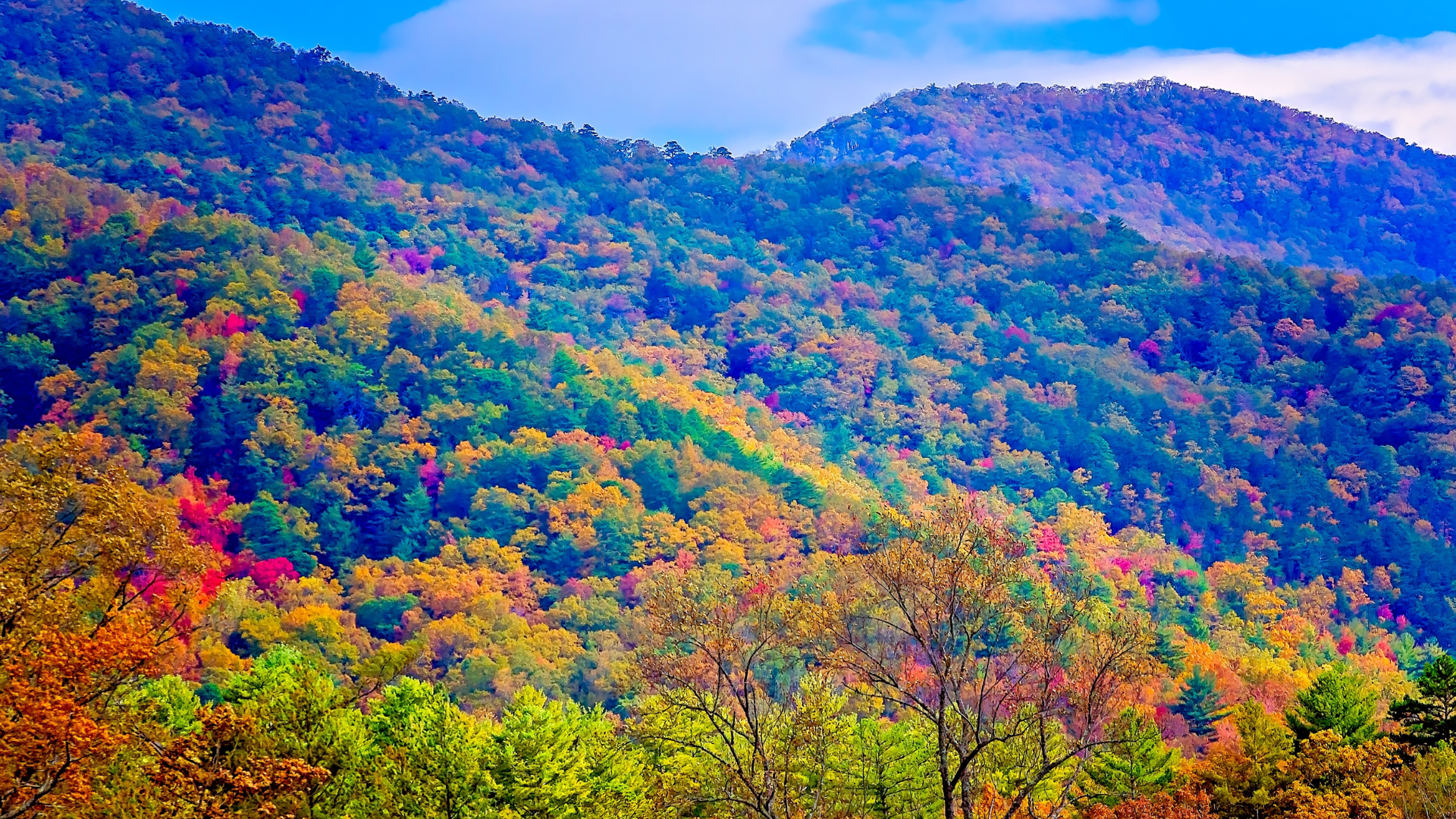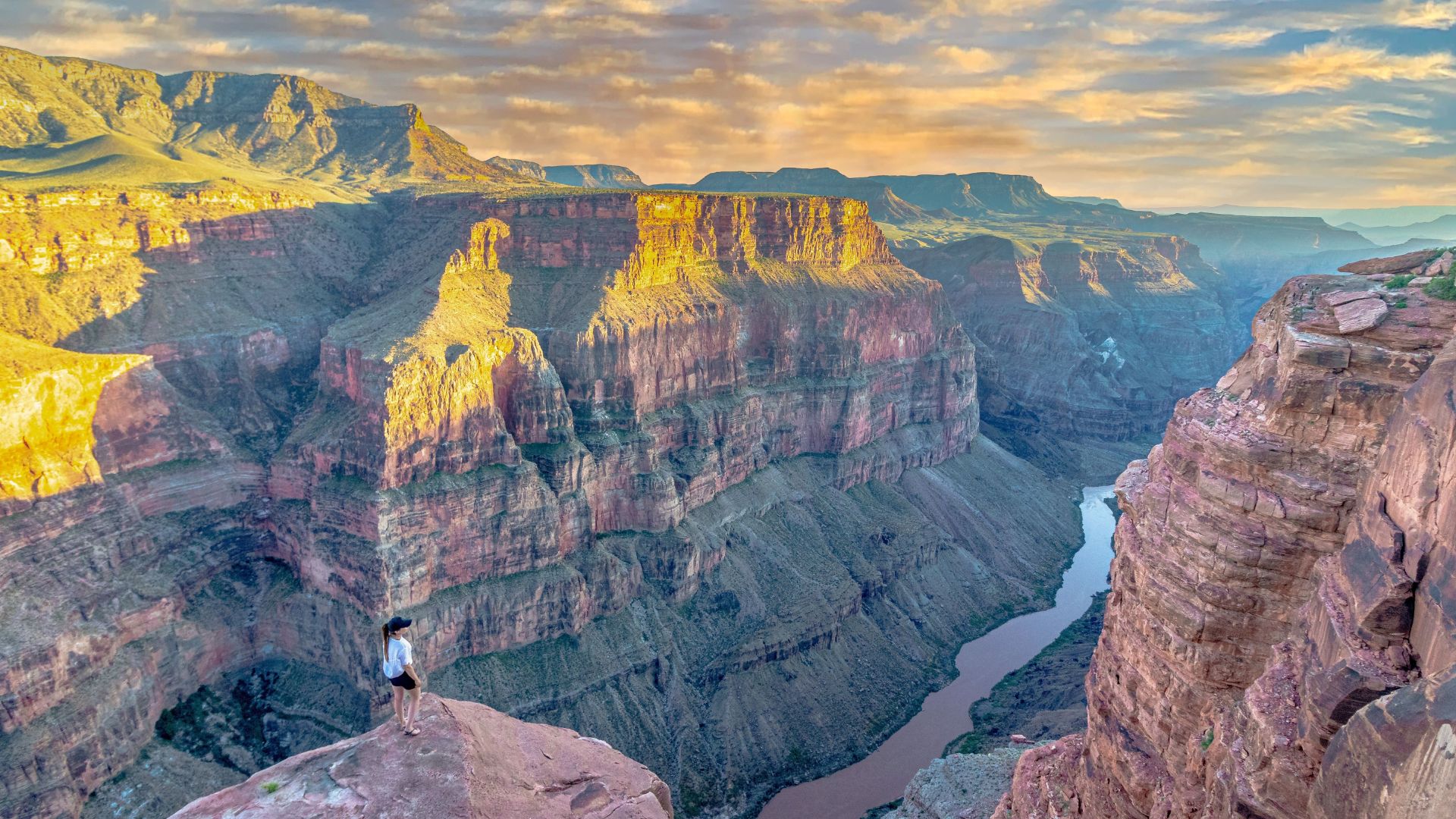Fall is right around the corner, and that means the leaves will start changing colors very soon. It’s one of the best parts of the Autumn season. However, the leaves don’t change all at once in the United States. Here are the best times and places to experience the fall foliage.
When do Leaves Change?

Let’s start with when the leaves start changing in the U.S. Leaves can start in mid-September, but the peal usually comes around mid-October. However, it depends on where you live and the weather conditions in your area.
In late September, the leaves in the northern states of the West and Midwest change to an orange and red hue. However, this window is short because they are usually past their prime by October 4. In the New England states and much of the Pacific Northwest, the leaves are close to or at their peak by October 11.
If you go a little further south, in the Blue Ridge Mountains, your best bet is mid-October. If you’re in the most southern states, you may have to wait until mid-November.
These dates and times are all based on past results and can change.
What is Fall Foliage?
Most of us may know that the fall foliage is when the leaves lose their green color and shift towards shades of red and orange. The reason why the leaves do this is because of weather and temperature. When sunlight and temperatures decrease, tree growth slows, and so does the production of green chlorophyll in the leaves. As a result, they turn to the beautiful fall colors that so many people love.
However, not all trees change colors, according to The Farmers Almanac. Take pine trees for example, it’s no wonder why they became decorations for Christmas. Deciduous trees, like oak, birch, and beech, show off the orange, red, and sometimes purple colors. These trees have broad leaves that show off vivid colors.
Seeing the Fall Foliage
There is a long list of locations to see the fall foliage, but some offer a better experience.

In the New England area, Maine is a hotspot for fall foliage. Acadia National Park offers breath-taking views of bright leaves and the coastal towns that surround it. If you move more inland in the Western part of the state, you’ll find Rangeley. The mountainous backdrop paints a perfect mix of colors that contrast with the deep-blue lakes. The peak viewing is between October 1 and 17.

Moving into the midwest region, the Lake Geneva Area in Wisconsin offers several stunning viewing experiences. Wisconsin’s farmlands, lakes, streams, and rivers clash with various trees, making it a popular attraction for fall foliage enthusiasts. Lead lovers flock to Lake Geneva to experience the changing colors of the oak, maple, and hickory trees. In addition, there are three quiet roads (Routes 11, 12, and 36) that offer a 20-mile scenic autumn drive. Peak viewing is October 5-14.

In the southeast region, the Great Smoky Mountains in Tennessee never fail to capture the beauty of fall. The Great Smokies offer the perfect landscape for fall foliage. There is an amazing diversity of trees and terrain that add to the fall color spectrum. Around 100 native trees live in the Smokies. Clingmans Dome Road, the Blue Ridge Parkway, or the Foothills Parkway offer spectacular autumn drives. Peak viewing is mid to late October, depending on elevation.
Again, these are just a few of the thousands of places in the U.S. that offer incredible fall foliage experiences. Where will you go to see the leaves change colors?







